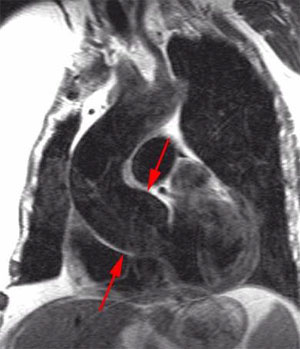There was a time when the foretelling of future events was an undertaking of prophets, palm-readers, and weathermen. In recent years, however, the medical profession seems to have embraced this activity with a great deal of enthusiasm…Read full Article @ PubMed Central.
Is an ounce of detection worth a pound of public health prevention?
It is a rare occasion nowadays when academic journals treat us to an editorial debate of some substance. The staff at the Journal of the American College of Cardiology can be applauded for publishing last summer two articles representing fundamentally opposed viewpoints on the best strategy to avoid cardiovascular illness. Amusingly, both claimed in the title of their piece the distinction of promoting a “rational approach” for the reduction of cardiovascular risk.Continue reading “Is an ounce of detection worth a pound of public health prevention?”
A rebuke to the new god of primary prevention
In the name of JUPITER, scribes everywhere now advocate adding CRESTOR to our daily bread to take away the consequences of sloth and gluttony1,2 . But will this truly bring about a healthier life on earth? Common objections to the proposed ritual point to the high price of the drug or invoke the dubious calculus of QALYs to generate cost-utility analyses.
Such socio-economic qualms are off the mark. The emptiness of the Jovian promise is better exposed by examining the effects of a quotidian rosuvastatin from the perspective of the individual soul poised to receive the new host.Continue reading “A rebuke to the new god of primary prevention”
The mother of all risk factors
In 1961 the Framingham study investigators introduced the term ‘risk factor’ to the medical community and ushered in the era of risk modification, now a dominant strategy for the prevention of diseases. Academic careers have succeeded and private enterprises have flourished on the promotion of this paradigm.
Currently, risk-factor reversal is an established surrogate for quality of care and a cornerstone of most pay-for-performance schemes allegedly designed to improve health outcomes. One particular risk factor, however, stands out by virtue of the unusual treatment it receives from public health advocates.Continue reading “The mother of all risk factors”
Would you resect this aneurysm at the altar of guideline medicine?
The 2006 ACC/AHA valvular heart disease guidelines on the management of an ascending aneurysm associated with a bicuspid aortic valve (BAV) recommend aortic surgery as a class I indication if the aortic diameter reaches 5 cm or if the rate of progression of dilatation is 0.5 cm/yr, irrespective of the health of the aortic valve. The recommendation is based on the belief that BAV is associated with some form of vasculopathy, similar to Marfan’s disease, and imparts a ‘high’ risk of dissection and severe complications.
An editorial in the July 1 issue of the American Journal of Cardiology offers a daring challenge to the proposed dogma.
Continue reading “Would you resect this aneurysm at the altar of guideline medicine?”
The public health myths of cardiovascular disease prevention
Like any political activity, public health advocacy must rely on the ordinary tools of political propaganda to advance its intended agenda. Such is the case with public health proposals for the prevention of cardiovascular disease. A critical examination of the topic exposes the blurred line between prevention and pretension.Continue reading “The public health myths of cardiovascular disease prevention”
A coming epidemic of normality
Cardiology News recently announced with great enthusiasm the discovery of a “novel risk factor (1).” Reporting on a talk given at an American Heart Association conference on nutrition and metabolism by Mayo Clinic investigators, the article describes the features of a new condition earnestly named normal-weight obesity (NWO). I believe we are witnessing the early stages of fabrication of a new disease well positioned to soon reach epidemic proportions.Continue reading “A coming epidemic of normality”



